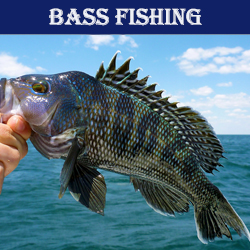
- Avanti Competition K7 16 Meter
- Avanti Dri Zone Pole Holdalls
- Avanti Dri Zone Pole Holdalls
- Avanti Flexi-Pots Large
- Avanti Flexi-Pots Medium
- Avanti Knee Pole Support
- Avanti Marco Cortesi Barbless Ready Rigs
- Avanti Match Top Kit
- Avanti Pole Rollercoaster
- Avanti Power Top Kit
- Avanti Pro V Roller
Avanti Pole Review by Simon Grace
Initial inspection of the kit was very impressive. There is a lot of kit for your money BUT nothing comes pre-prepared.
As there are NO reviews on the Avanti RSX1000 16m pole, I’ve put my money where my mouth is and made a quick YouTube clip.
Summary wise, this is a GOOD pole…in fact it’s a GREAT pole and don’t let the tackle tarts tell you otherwise. Yes, at 14.5+m you will be reliant on rollers! At 11-12m I was able to hold the pole myself unaided which felt really balanced and responsive. The sections all come off cleanly and as a totally new pole fisherman, my learning curve lasted about an hour and from that point I really started to enjoy the feel of the pole as it caught and brought in the fish. If you are on a budget, this is the pole for you. If you’re not…go mad! Poles can cost in excess of £1000 for a long one but I hear you can get decent 11m ones for the £600-£800. That’s still too much than I’m willing to pay but I’m a pleasure fisherman and today was VERY pleasurable.
With a pole, you have various top kits but only one rod so you only pay for the one…hence why I’m going again tomorrow! Bargain!



 Juveniles and breeding males are usually a darker green or grey with a dark belly, and females are lighter. Habitat. Common carp are incredibly hardy and flexible in their habitat preferences. Primarily bottom – dwelling fish, carp like quiet, shallow waters with a soft bottom and dense aquatic vegetation. Although they favour large turbid waters, they also thrive in small rivers and lakes. They can live in low – oxygen environments and can tolerate temperature fluctuations and extremes. In some northern waters where the fish are abundant and such terrain is lacking or offers no food, carp will cruise over shallow, rocky flats and shoals, browsing along the rubble bottom. Food. Omnivorous feeders, carp have predominantly vegetarian diets but will feed on aquatic insects, snails, crustaceans, annelids, and molluscs.
Juveniles and breeding males are usually a darker green or grey with a dark belly, and females are lighter. Habitat. Common carp are incredibly hardy and flexible in their habitat preferences. Primarily bottom – dwelling fish, carp like quiet, shallow waters with a soft bottom and dense aquatic vegetation. Although they favour large turbid waters, they also thrive in small rivers and lakes. They can live in low – oxygen environments and can tolerate temperature fluctuations and extremes. In some northern waters where the fish are abundant and such terrain is lacking or offers no food, carp will cruise over shallow, rocky flats and shoals, browsing along the rubble bottom. Food. Omnivorous feeders, carp have predominantly vegetarian diets but will feed on aquatic insects, snails, crustaceans, annelids, and molluscs.